How can I aggregate a collection of cubes which all share the same structure onto a central cube with the same structure?
Currently each local server already have a database and a cube, all with the same schema and cube structure.
Each database have a servers table which only contains one globally unique element that identifies that server, and the data on the cube can be discriminated by that ID, so one obvious solution is simply to UNION all interested tables and process a global cube from that.
But since we already have aggregated local data on each server, I'm thinking that can be possible to process a cube with the input from all other local cubes
Is there a way in SSAS to process a cube that is formed by other child cubes?
this question is similar but not equal to this
